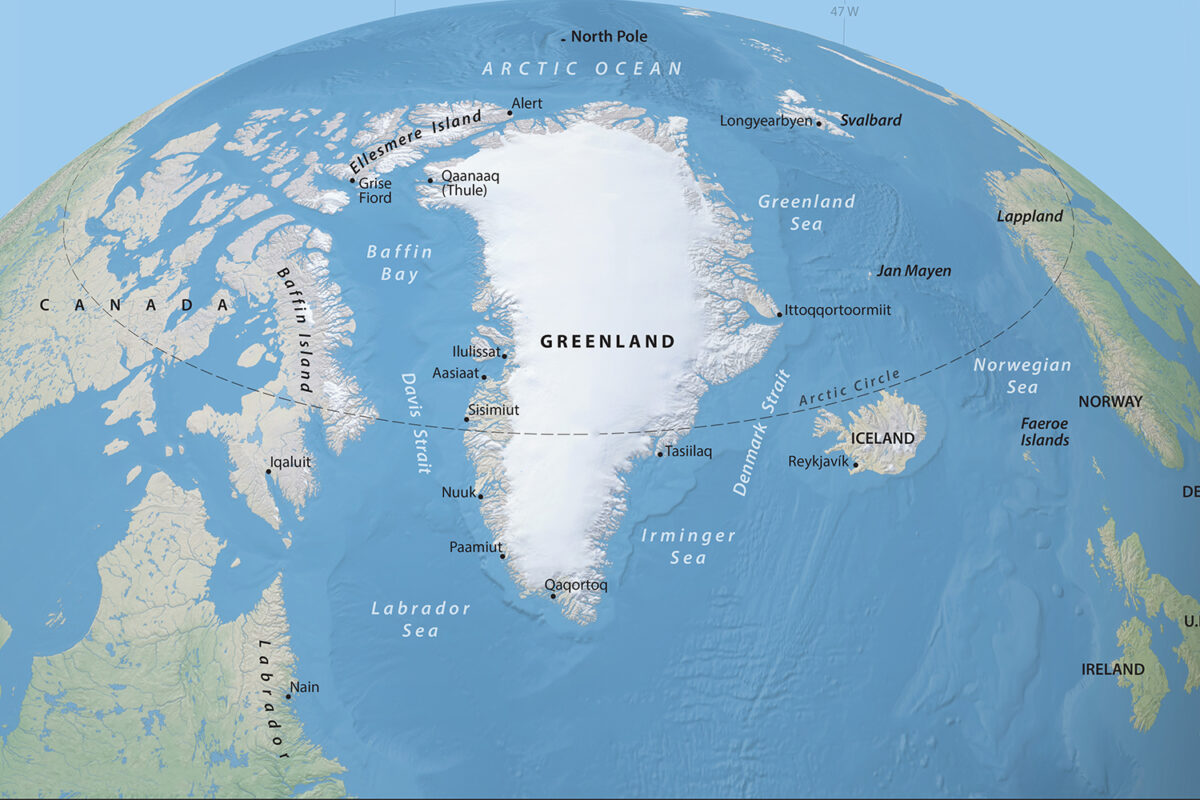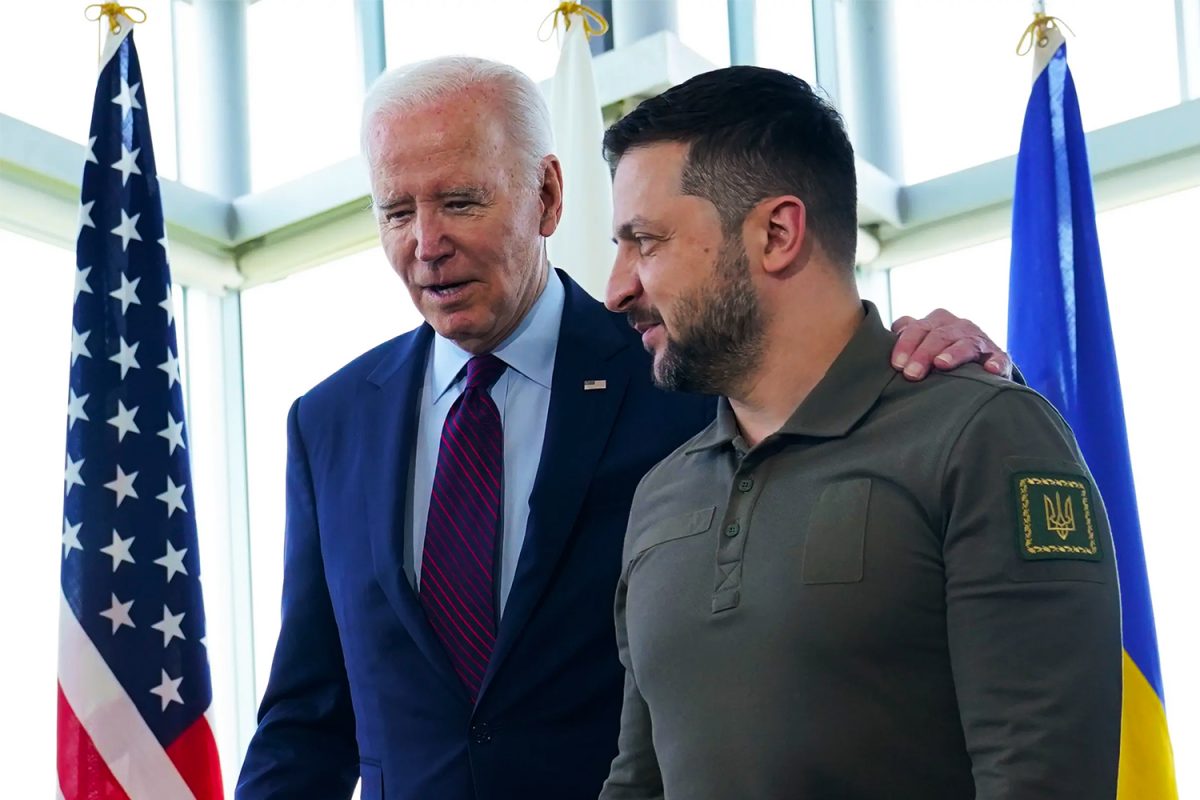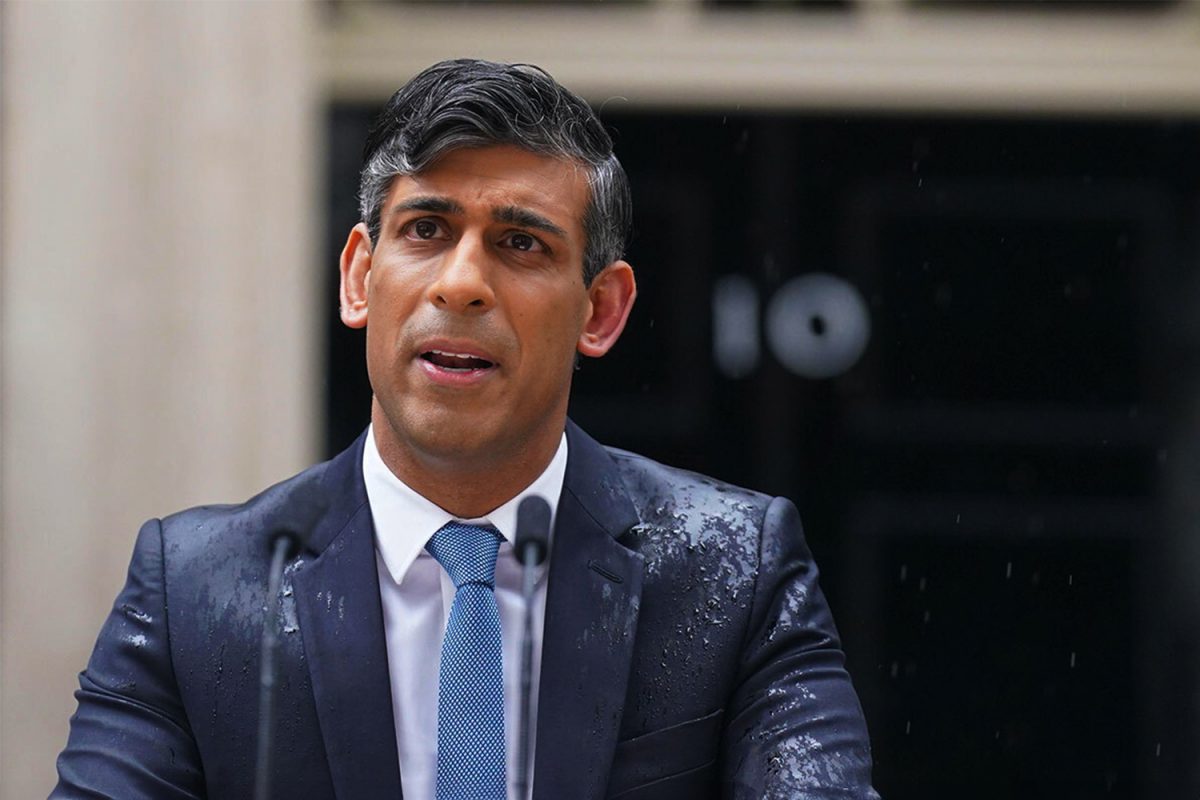On the 24th February 2023 Russia’s invasion of Ukraine will reach its one year anniversary. In this Geopolity series we will be looking at the conflict and its different aspects. The series will look at Russia’s military performance, the economic war, the position of the world towards the war as well as the future of the conflict. We begin by looking at what we know today that we didn’t a year ago.
Russia’s invasion of Ukraine and subsequent performance has revealed many challenges that Russia has failed to overcome from its Soviet era. Russia failed with logistics and supply, air dominance, combined arms warfare and trying to fight a war with a small force relative to the size the country. These challenges have been commented on for much of the year as Russia began to face mounting challenges. There are many aspects of any war that are impossible to make sense of when a war is in action, many facts are realised after the event. In the case of Russia’s invasion of Ukraine there are some facts that have been revealed after a year of fighting that we did not know in February 2022 when Russia launched what it called its “Special Military Operation”.
Planning for Failure
We now know, based on Ukrainian and American intelligence that has been made public, that it was in July 2021 when the preparation began for invading and occupying Ukraine. The plan was formulated first and foremost by Russia’s special services (intelligence services) and a core group within the presidential administration, supported by senior officials in the Ministry of Defence. The war plan was formulated by a very limited set of people and didn’t for the most part involve the army, who would be expected to execute the plan. The 9th Section of the 5th Service of Russia’s Federal Security Service (FSB) was enlarged into a directorate and tasked with planning for the occupation of Ukraine. As part of this preparation, the FSB drew on extensive surveys carried out in Ukraine. These surveys painted a picture of a largely politically apathetic Ukrainian society that distrusted its leaders.
The invasion plan would commence with a massive missile and airstrike campaign against Ukraine’s air defences, command and control (C2) infrastructure, airfields and ammunition storage depots. The elimination of Ukraine’s political leadership would primarily be a task for Russia’s special services. Another line of effort, allocated to Russia’s special forces and air-assault troops, was to capture Ukraine’s power stations, airfields, water supplies, central bank and parliament. To enable these operations, Russia’s Ground Forces were to simultaneously advance under several groups of forces to clear and occupy administrative centres.
After two weeks the plan envisioned Russia’s conventional forces transitioning to a supporting function to Russia’s special services, responsible for establishing occupation administrations on the territories. The special services, based on their intelligence, believed there would be little resistance by Ukraine’s armed forces and the speed of the invasion would allow Russia to occupy the country. This would allow the formal annexation of Ukraine by the summer of 2022. The plan envisaged a quick Russian victory. The forces that took part in trying to conquer Kiev eventually fled leaving behind their parade uniforms having failed to achieve their objective.[1]
The war plans were drawn up by a very small group of officials and the intent was directed by Putin. Russian military personnel, even up to deputy heads of branches within the Russian General Staff, were unaware of the intention to invade and occupy Ukraine until days before the invasion, and tactical military units did not receive orders until hours before they entered Ukraine. While this helped to achieve operational surprise, the tiny pool of personnel involved contributed to a range of false assumptions.
When the plan was clearly not working Russia continued executing the war plan. For six weeks there was no overall commander of the Ukraine invasion, dividing efforts over three fronts, each with its own commander. When the Kremlin or senior generals needed updates, they either called up the commander or in the case of senior officials, they travelled to the front lines. This explains why so many generals were killed by Ukrainian forces.[2]
Russian military personnel, even up to deputy heads of branches within the Russian General Staff, were unaware of the intention to invade and occupy Ukraine until days before the invasion, and tactical military units did not receive orders until hours before they entered Ukraine
Making Sense of Russia’s Doctrine
Russia’s invasion of Ukraine has been fought by going against Russia’s military doctrine, posture and way of warfare. The military doctrine, the wars Russia expects to fight and how it plans to fight, resource, equip and prepare for them, was completely disconnected from the reality of its invasion of Ukraine.
Whilst the Soviet Red army had a doctrine to fight a global war against the western bloc led by the US this doctrine was abandoned in 1985. When the Soviet Union was in decline from the late 1970’s it shifted by the 1980’s to a defensive posture as it lacked the finance to fight a global war. When the Soviet Union did collapse in 1991 and the subsequent collapse of Russia during the 1990’s Russia had lots of equipment that it could not maintain, it lacked the finance to modernise and couldn’t maintain a million-man army. With Russia in such a dire situation its military doctrine focused on a defensive posture with its ageing nuclear arsenal its ultimate weapon of defence.
All the subsequent military reforms carried out under Putin were just different ways to implement what the Russians called “Active defence.” This is the ability to defend the homeland against an adversary by the rapid manoeuvre of Russian forces in order to drain enemy resources and their will to fight. The war Russia planned to fight was against NATO who would be qualitatively more modern, and Russia saw this as a defensive war. The war Russia is fighting in Ukraine is the complete opposite to this doctrine. If a soldier has not trained for a certain type of warfare, when the fighting begins it’s unlikely things will end in his favour. This is what materialised in the end. It should be kept in mind that the wars Russia fought in Georgia, Syria, Nagorno-Karabakh and Crimea involved small to medium size forces, they are therefore not representative of the wars Russia planned for.
The military doctrine, the wars Russia expects to fight and how it plans to fight, resource, equip and prepare for them, was completely disconnected from the reality of its invasion of Ukraine
War Plans Exposed
The US, through its intelligence agencies, knew of Russia’s Ukraine invasion plan. US officials told Russia it knew of its war plans, and warned them against the impending invasion. The US even leaked Russia’s war plan days before Russia invaded. But despite all this, Russia still went ahead with its invasion, despite all the details of how it was going to fight being in the open.
For months, the White House made highly unusual releases of intelligence findings about Russian President Vladimir Putin’s plans to attack Ukraine. Hoping to pre-empt an invasion, it released details of Russian troop build-ups and warned repeatedly that a major assault was imminent. Using communication intercepts and electronic intelligence the US built up a detailed picture of the resources and war strategy Russia was preparing. In November 2021 President Joe Biden dispatched CIA Director Bill Burns to Moscow to warn the Kremlin that the US was watching its build-up of troops near Ukraine’s border.[3] In November 2022 Burns met with his Russian counterpart in Turkey and warned Russia against the use of nuclear weapons in Ukraine. Burns reportedly said that any use of nuclear weapons would see the US respond with a nuclear strike and as US intelligence knows where Putin is at any given time there is no version where he will survive if he launches a nuclear strike.[4]
Despite all of the war plans being made public, Putin decided to go ahead anyway. With Russia’s war plans in the open this is likely what allowed Ukrainian forces to focus its limited resources to key nodes of Russia’s invasion giving them an immense advantage.
The US even leaked Russia’s war plan days before Russia invaded. But despite all this, Russia still went ahead with its invasion, despite all the details of how it was going to fight being in the open
The Donbas Problem
Putin for long made it clear that Ukraine was historically part of the Slavic family and that it was unnatural for her to be separate from Russia. When Russia annexed Crimea in 2014 this was Putin’s response to the overthrow of the pro-Russian president Viktor Yanukovych. The conquest of Crimea stirred up many Pro-Russia ultra-nationalists who believed they could lead similar annexations in Ukraine with indirect support from the Kremlin. What took place in the Ukrainian Eastern Oblasts of Luhansk and Donetsk, commonly known as Donbas is very revealing.
Although many of the rebels in eastern Ukraine were Russian, and either members of or linked to Russian special forces and security agencies, Moscow was never wholly in control of their activities, and they squabbled among themselves. There was not a single chain of command but multiple chains. In Russia, strings were pulled by businessmen and political associates of Putin, as well as the FSB and the GRU. At the other end of the strings were militia leaders in Ukraine. They had their own political agendas, which did not necessarily fit with Putin’s or each other’s. They took their own decisions on how to fight forces loyal to the Ukrainian government. The core problem was that the rebels wanted Eastern Ukraine to follow Crimea and be absorbed into Russia, which would require Moscow to mount a major military operation, while Putin wanted the enclaves to be thorns in the side of Ukraine, and any Russian military engagement to be minimal. In the summer of 2014, Russia did have to accept a more overt role to prevent the separatists being defeated. This left the enclaves without any formal status, dependent on Russia for financial and military support, yet still notionally part of Ukraine.
The core problem was that the rebels wanted Eastern Ukraine to follow Crimea and be absorbed into Russia, which would require Moscow to mount a major military operation, while Putin wanted the enclaves to be thorns in the side of Ukraine, and any Russian military engagement to be minimal
The paramilitaries in Donbas were imaginatively described as ‘vacationers’, military men who volunteered to spend their summer holidays fighting across the border. But their position in the Donbass was never stable. They wanted to establish Novorossiya, which had first been attached to Russia at the time of Catherine the Great. Putin had implicitly agreed to this by providing direct and indirect forms of support to the paramilitaries in Donbas. But by 2015 Putin began moving away from this and moved to a deal with the Ukrainian government that would have Donetsk and Luhansk return to Ukraine but with much more autonomy and veto power. This was the deal at the heart of the Minsk agreements. However, it was unacceptable to the separatists. They never really deviated from their aim of creating the conditions under which their territories could be absorbed back into Russia. The Minsk agreements would also remove them from power. This was one of the many reasons the Minsk agreements never materialised. Eventually, Putin found the ambiguity in this situation untenable and decided to resolve it through a full-scale war. When he ordered the invasion of Ukraine, he cited the vulnerable position of the separatists as the pretext, although his underlying objective was to bring all of Ukraine back into Russia’s sphere of influence.
[1] Ukraine Says Russia Brought Parade Gear to Kyiv, Expecting Quick Win (businessinsider.com)
[4] Joe Rogan: Are NUCLEAR Weapons A Threat From Russia? Should We Be Worried?! – YouTube




